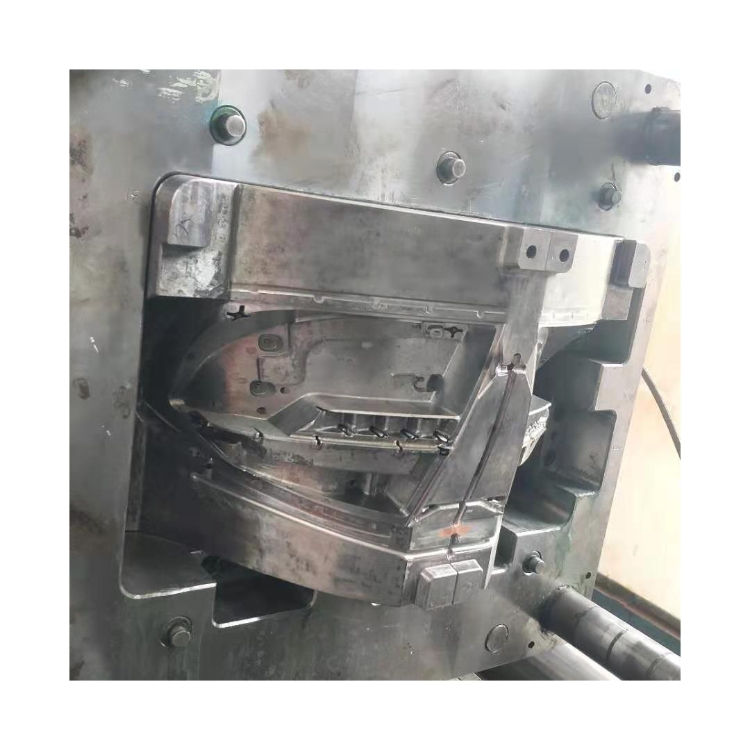Pièces moulées par injection
Injection molding is a widely used manufacturing process for producing plastic parts. This process involves melting plastic pellets in a heated barrel and injecting the molten plastic into a mold cavity. The plastic then cools and solidifies, taking on the shape of the mold cavity. Injection molding parts are used in a variety of industries, from automotive to medical to consumer goods.
One of the main advantages of injection molding is its ability to produce high volumes of parts quickly and efficiently. This is achieved through the use of automated machinery and molds that can be used repeatedly. Injection molding also allows for complex part geometries and tight tolerances to be achieved with ease.
Injection molding parts can vary greatly in size, shape, and material. Common materials used in injection molding include thermoplastics, thermosets, and elastomers. Thermoplastics are the most commonly used material and include materials such as polypropylene, polyethylene, and polystyrene. Thermosets are materials that cannot be re-melted once they have been molded and include materials such as epoxy and phenolic resins. Elastomers are materials that have rubber-like properties and include materials such as silicone and polyurethane.
The injection molding process begins with the design and creation of a mold. The mold is typically made from steel and is designed to match the shape and size of the part being produced. The mold is then mounted onto an injection molding machine, which consists of a barrel, screw, and nozzle. The plastic pellets are fed into the barrel, where they are heated and melted by the screw. The molten plastic is then injected into the mold cavity through the nozzle. Once the plastic has cooled and solidified, the mold is opened and the part is ejected.

Injection molding parts can be produced with a variety of surface finishes and textures. These finishes can be achieved through the use of different types of mold coatings and textures. Common surface finishes include glossy, matte, and textured finishes.
In addition to mold design and material selection, there are also several other factors that can affect the quality and consistency of injection molded parts. These factors include melt temperature, injection speed, cooling time, and packing pressure. It is important for injection molding operators to carefully monitor and control these variables to ensure that parts are produced to the desired specifications.
Overall, injection molding is a versatile and efficient manufacturing process that can produce high-quality parts in large volumes. With the right mold design, material selection, and process control, injection molding can be used to produce parts for a wide range of applications.
-
Creating Complex Plastic Molds for Large Scale Production
2023-8-18
Introduction In today's manufacturing industry, the demand for high-quality plastic products is ever-increasing. To meet...
Voir les détails -
Creating a Perfect Plastic Chair Mold: Mastering the Art of Precision in English
2023-10-14
As the demand for plastic chairs continues to rise, so does the need for precise and efficient plastic chair molds. A we...
Voir les détails -
Analysis of the manufacturing process and quality control points of high-precision automotive molds
2024-12-18
The manufacturing process of high-precision automotive molds is complex and delicate, and the quality control points are...
Voir les détails -
Aerospace Mold: Precision Engineering for the Aerospace Industry
2023-5-29
Aerospace Mold: Precision Engineering for the Aerospace Industry The aerospace industry requires products that are desig...
Voir les détails -
Manufacturing Components for Industrial Molding
2023-6-2
The manufacturing of components for industrial molding is an intricate process that involves various steps and technique...
Voir les détails -
Plastic Modern Chair Mould: Designing for a Contemporary Aesthetic
2023-6-22
The modern era has brought about a significant shift in the way we perceive design. In recent times, contemporary aesthe...
Voir les détails







